Language
WORLDWIDE SHIPPING
CUBE 1.5 ice cream machine
€1,599.00
€1,310.66
Availability:
In stock
With the CUBE 1.5 ice cream machine you can prepare up to 3 kg (3.0 quart) of ice cream, sorbets or slushies in one hour.
The Cube 1.5 professional ice cream maker is perfect for both small catering and catering.
Italian design the CUBE 1.5 ice cream machine is completely produced in Italy and is built in polished and satin stainless steel and the spatula is also completely in polished stainless steel.
The machine is equipped with a compressor that produces cold for continuous use.
The safety system prevents the stainless steel shovel from moving when the transparent lid is removed.
Washing tap:
Innovation for washing. The introduction of the tap has been studied to give the possibility of being able to wash the machine from inside.
Operation:
Unscrew it to the left and it is open, screw it to the right and it is closed, it has the characteristic of being inspectable, by unscrewing it completely it is disassembled.
As a motor, it is equipped with a low-speed gearmotor to obtain an ice cream rich in flavor and with little 'overrun' (air).
Made with sustainable materials, recyclable packaging, an energy-efficient motor and an ozone-protecting refrigerant.
Characteristics
Production 3 kg/h
Work with homemade mixes, powders and liquids.
Patented Italian design.
Professional machines built entirely in polished and satin stainless steel, even the spatula is completely in polished stainless steel.
Equipped with a compressor for the production of cold for continuous use.
Easy and intuitive controls.
Transparent and safety lid: the spatula stops automatically when the lid is removed.
Equipped with a low-rev gearmotor to obtain an ice cream rich in flavor and with little 'overrun' (air).
Made with sustainable materials, recyclable packaging, an energy-efficient motor and an ozone-protecting refrigerant.
Food grade plastic scoop
Handcrafted in Italy.
Technical features:
Material Type: Stainless Steel
Width: 35cm
Height: 30cm
Depth: 35cm
Weight: 25kg
VAC voltage: 220/110
Frequency (HZ): 50 or 60
Power (W): 440
Current consumption (A): 21.5
Type of gas used: R404a
Charge gas quantity (G): 85
LID - protects the product during its preparation and is equipped with a safety device (the spatula stops when it is removed).
KNURLED KNOB - blocks the position of the rotating blade during machine operation. If unscrewed, it allows the spatula to be extracted for cleaning and maintenance.
ROTATING SPATULA - mixes and produces the product by bringing it close to the walls of the tank cooled by the compressor.
TIMER - manages the operating time of the machine for the processing cycle and also performs the function of general switch.
COOLING COMPRESSOR LIGHT SWITCH - activates the compressor (position "I" and light on) and stops it (position "0" and light off).
SPATULA ROTATION GEARMOTOR LIGHT SWITCH - activates the spatula rotation gearmotor (position "I" and light on) and stops it (position "0" and light off).
Handcrafted in Italy.
Shipping times: 10 days
FAQs

 IT
IT FR
FR
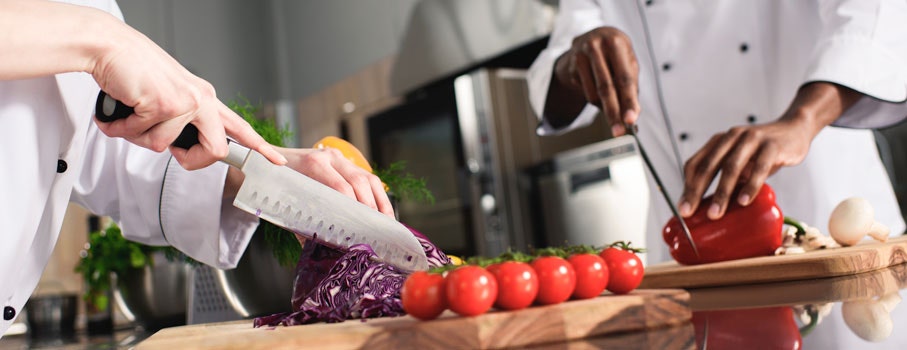
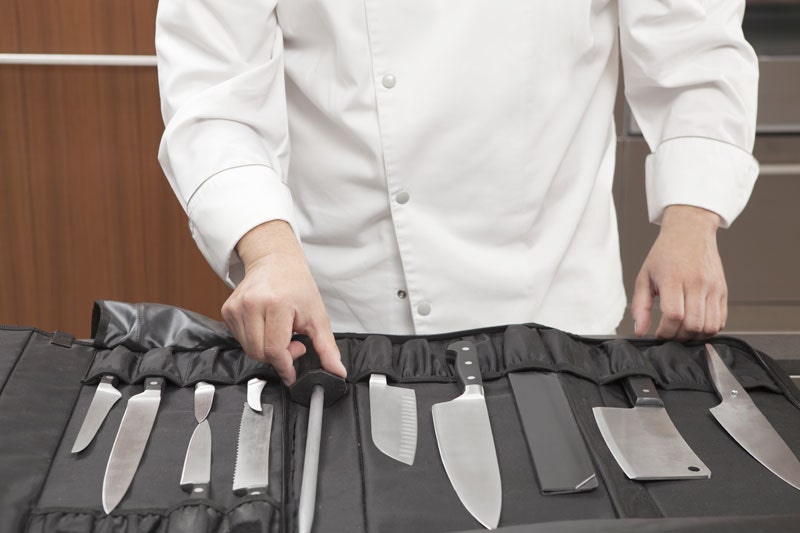
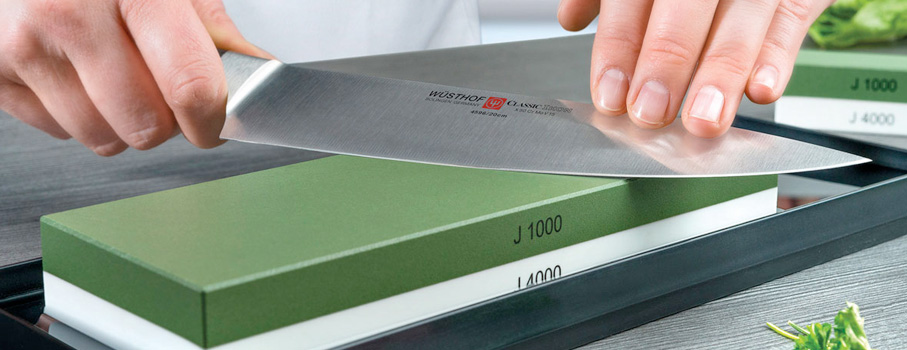
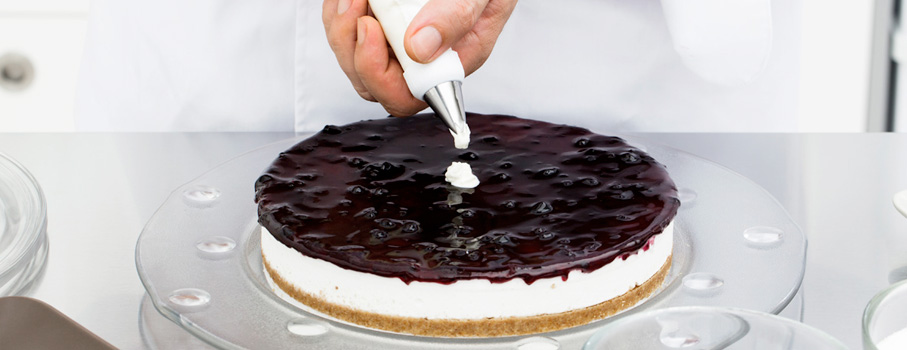

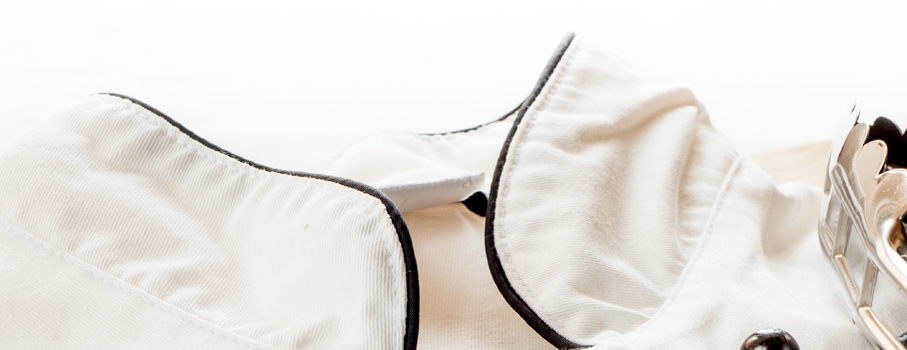
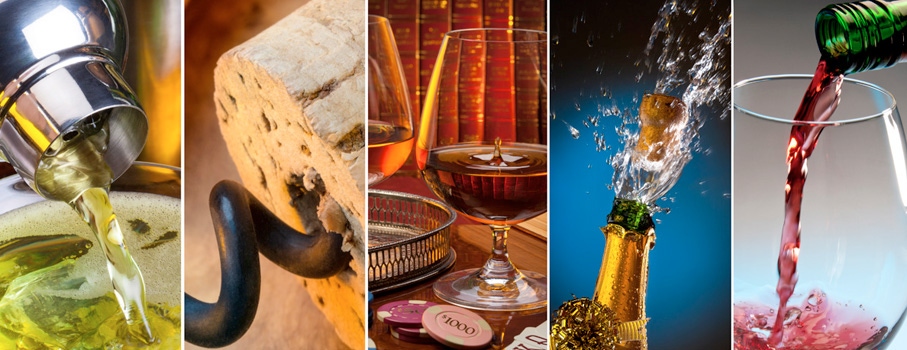
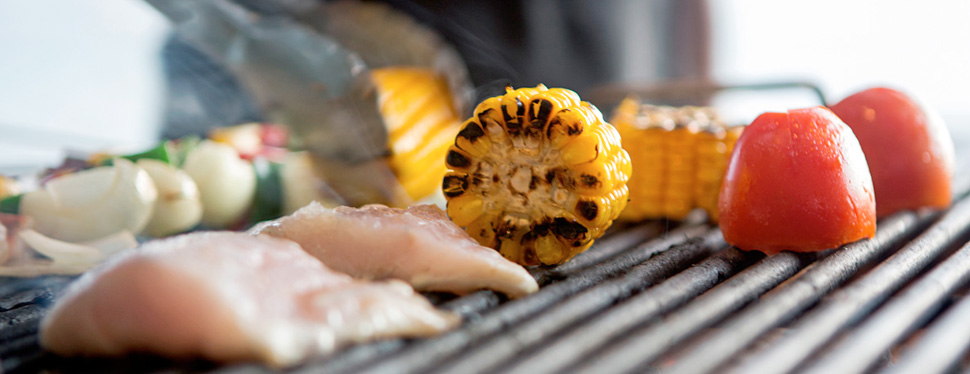

 IT
IT FR
FR
